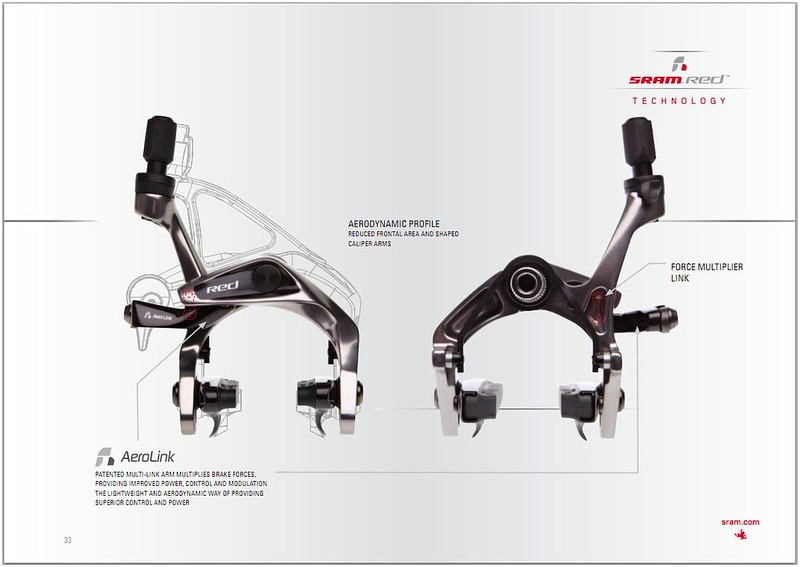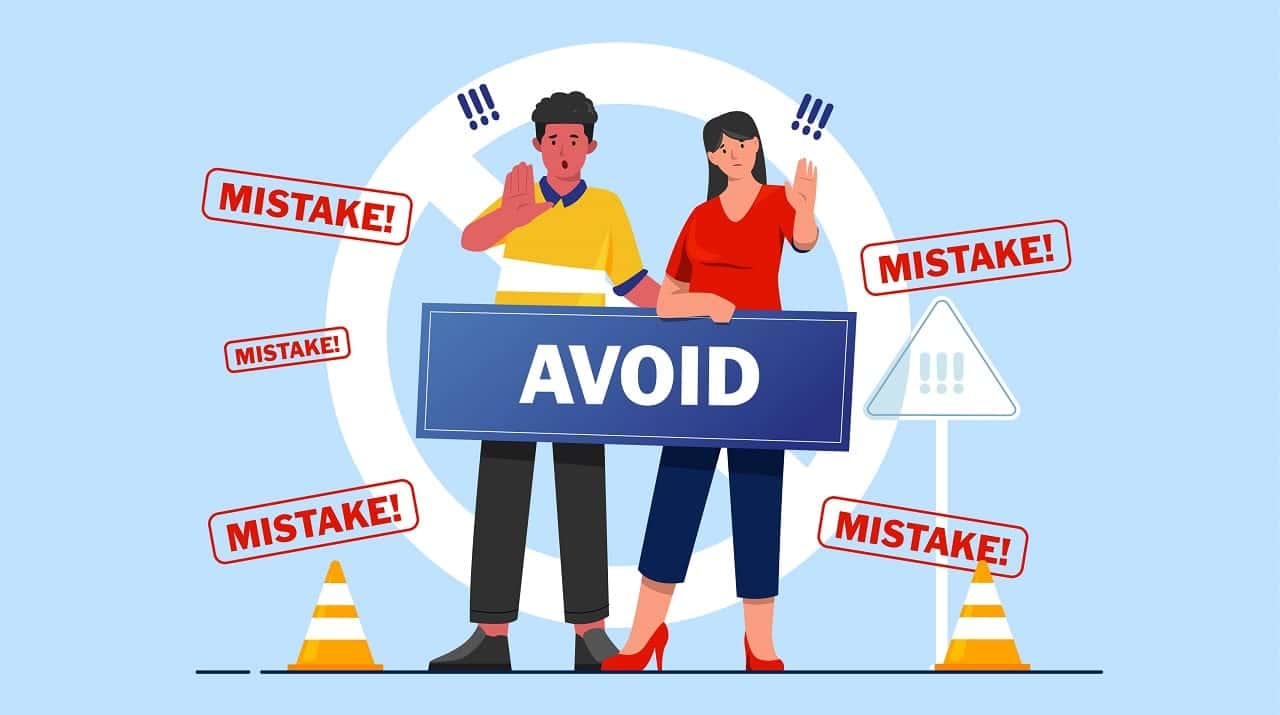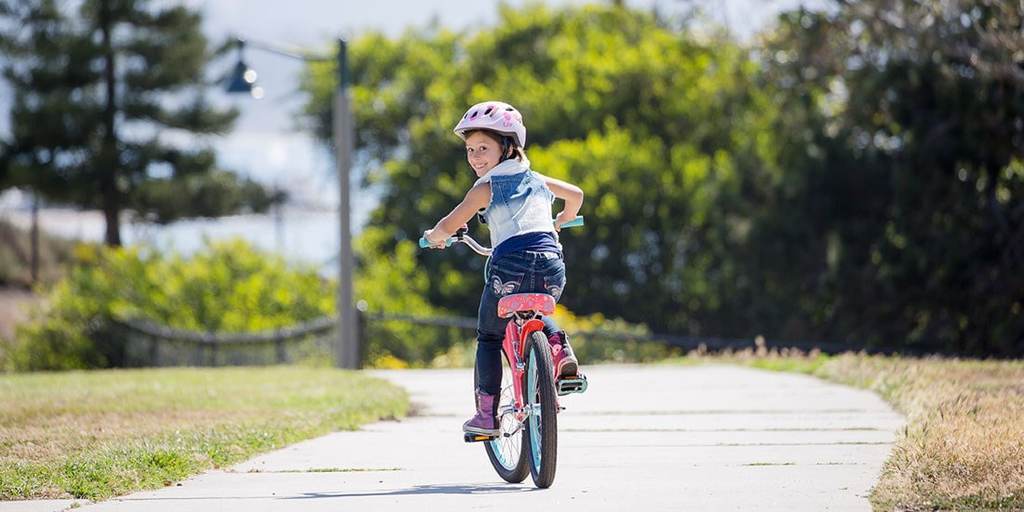Getting Familiar with Your Bike: Understanding the Basics
Before learning how to ride a bike, it’s essential to understand the different parts of the vehicle. Familiarizing yourself with the brakes, gears, and pedals will help you feel more comfortable and confident when riding. The brakes, for instance, are a critical component of the bike, and understanding how to use them properly is vital for safe riding. There are two types of brakes: rim brakes and disc brakes. Rim brakes are the most common type and work by applying pressure to the rim of the wheel, while disc brakes use a rotor and caliper to slow down the bike.
The gears on a bike are another crucial component to understand. Most bikes have multiple gears, which allow you to adjust the difficulty of pedaling based on the terrain. Understanding how to shift gears smoothly and efficiently will help you conserve energy and maintain a comfortable pace. The pedals, of course, are where you’ll be placing your feet, and understanding how to position them correctly is vital for maintaining balance and stability.
When learning how to ride a bike, it’s also important to understand the different types of bikes available. Road bikes, mountain bikes, and hybrid bikes are the most common types, each designed for specific terrain and riding styles. Understanding the characteristics of each type of bike will help you choose the right one for your needs and preferences.
By taking the time to understand the basics of your bike, you’ll be better equipped to handle the challenges of learning how to ride. Remember, practice makes perfect, so don’t be discouraged if you don’t pick it up right away. With patience and persistence, you’ll be riding like a pro in no time.
Preparing for Your First Ride: Safety Essentials and Gear
Before hitting the road on your bike, it’s crucial to ensure you have the necessary safety gear and equipment. This will not only protect you from potential injuries but also provide peace of mind, allowing you to focus on learning how to ride a bike. A helmet is the most critical safety gear, and it’s essential to choose one that fits properly. Look for a helmet that meets the safety standards of your country or region, and make sure it’s snugly fitted to your head.
In addition to a helmet, consider wearing knee pads and gloves to protect your knees and hands in case of a fall. Elbow pads and arm guards can also provide extra protection, especially for beginners. When choosing safety gear, consider the type of riding you’ll be doing. For example, if you’ll be riding in urban areas, you may want to consider gear with reflective materials to increase visibility.
When it comes to choosing the right gear, it’s essential to consider the fit. Make sure your helmet and pads fit snugly and comfortably, and that you can move freely without any restrictions. It’s also crucial to ensure that your gear is in good condition, with no signs of wear or damage.
Other essential gear includes a water bottle holder, a bike lock, and a basic tool kit. A water bottle holder will keep you hydrated during long rides, while a bike lock will keep your bike secure when you’re not riding. A basic tool kit should include a pump, tire levers, and a multi-tool, which will help you make basic repairs and adjustments to your bike.
By investing in the right safety gear and equipment, you’ll be able to ride with confidence and enjoy the many benefits of cycling. Remember, safety should always be your top priority when learning how to ride a bike.
Getting Started: How to Get on a Bike and Start Pedaling
Now that you’re familiar with your bike and have the necessary safety gear, it’s time to get started. Learning how to ride a bike can seem intimidating, but with a step-by-step approach, you’ll be pedaling in no time. To begin, find a flat, open space with minimal obstacles, such as a park or empty parking lot.
Adjust the seat height to fit your leg length, making sure your leg is almost fully extended when the pedal is in its lowest position. This will help you maintain balance and generate power when pedaling. Next, position your feet on the pedals, with the balls of your feet centered over the pedal axle.
Hold the handlebars with a relaxed grip, keeping your elbows slightly bent to absorb any bumps or shocks.
Mastering the Art of Balancing and Steering
Once you’ve mastered the basics of getting on a bike and starting to pedal, it’s time to focus on balancing and steering. Balancing is a critical aspect of learning how to ride a bike, as it allows you to maintain control and stability while riding. To improve your balance, try leaning the bike to one side by shifting your weight onto the corresponding pedal. This will help you develop the necessary balance and coordination to ride smoothly.
Steering is also an essential aspect of riding a bike, as it allows you to navigate through different environments and obstacles. To steer, simply lean the bike in the direction you want to go, using your body weight to help guide the bike. Make sure to keep your knees bent and your weight centered over the bike to maintain balance and stability.
Practice making smooth turns by leaning the bike and using your body weight to steer. Start with slow, gradual turns and gradually increase your speed and sharpness as you become more confident. Remember to always look where you want to go, and use your peripheral vision to stay aware of your surroundings.
Another important aspect of balancing and steering is learning how to use your body weight to help control the bike. By shifting your weight onto the pedals or seat, you can help steer the bike and maintain balance. Practice using your body weight to help control the bike, and you’ll become more confident and proficient in your ability to balance and steer.
Learning how to ride a bike requires patience, practice, and persistence. By mastering the art of balancing and steering, you’ll be able to ride smoothly and confidently, and enjoy the many benefits of cycling. Remember to stay relaxed, focused, and aware of your surroundings, and you’ll be well on your way to becoming a skilled and confident cyclist.
Shifting Gears and Using Brakes: Smooth Transitions and Safe Stops
As you become more comfortable with riding a bike, it’s essential to learn how to shift gears and use brakes effectively. Shifting gears allows you to adjust your speed and cadence to suit different terrain and conditions, while using brakes enables you to slow down or come to a safe stop.
To shift gears, use the gear shifters located on the handlebars. For most bikes, the left shifter controls the front gears, while the right shifter controls the rear gears. To shift gears, simply click the shifter to move the chain to a different gear. Make sure to shift gears smoothly and gradually, avoiding sudden shifts that can cause the chain to jump or the bike to jerk.
Using brakes is also crucial for safe and controlled riding. Most bikes have two types of brakes: rim brakes and disc brakes. Rim brakes work by applying pressure to the rim of the wheel, while disc brakes use a rotor and caliper to slow down the bike. To use brakes, simply squeeze the brake levers located on the handlebars. Make sure to use both brakes evenly to avoid skidding or losing control.
When using brakes, it’s essential to slow down gradually and smoothly. Avoid slamming on the brakes, as this can cause the bike to skid or lose control. Instead, use gentle and gradual pressure to slow down, making sure to keep your weight centered over the bike.
Practice shifting gears and using brakes in a safe and controlled environment, such as an empty parking lot or a quiet bike path. Start with slow speeds and gradually increase your speed as you become more comfortable with shifting gears and using brakes. Remember to always follow traffic laws and regulations, and to ride defensively and safely.
By mastering the art of shifting gears and using brakes, you’ll be able to ride more efficiently and safely, and enjoy the many benefits of cycling. Remember to stay relaxed, focused, and aware of your surroundings, and you’ll be well on your way to becoming a skilled and confident cyclist.
Riding in Different Environments: Tips for Various Terrain and Conditions
As you become more confident in your ability to ride a bike, it’s essential to learn how to navigate different environments and conditions. Whether you’re riding in hills, mountains, or urban areas, there are specific tips and techniques to help you stay safe and enjoy the ride.
When riding in hilly terrain, make sure to use your gears effectively to maintain a steady pace. Shift into a lower gear when approaching a hill, and use your body weight to help propel the bike upwards. When descending, use your brakes carefully to control your speed and avoid skidding.
In mountainous terrain, be prepared for steep inclines and rough roads. Use your gears and brakes carefully, and make sure to keep your weight centered over the bike. When riding in urban areas, be aware of traffic and pedestrians, and use your brakes and gears to navigate through busy streets.
When riding in wet or slippery conditions, use extra caution and slow down. Avoid sudden turns or braking, and use your body weight to help maintain balance and stability. In windy conditions, use your body weight to help stabilize the bike, and avoid sudden movements.
Regardless of the terrain or conditions, it’s essential to stay alert and aware of your surroundings. Keep an eye on the road ahead, and be prepared for obstacles and hazards. Use your brakes and gears carefully, and make sure to maintain a safe distance from other vehicles and pedestrians.
By learning how to ride in different environments and conditions, you’ll be able to enjoy the many benefits of cycling and stay safe on the road. Remember to stay relaxed, focused, and aware of your surroundings, and you’ll be well on your way to becoming a skilled and confident cyclist.
Common Mistakes to Avoid: Troubleshooting and Maintenance
As you continue to ride and improve your skills, it’s essential to be aware of common mistakes to avoid and how to troubleshoot common issues. By being proactive and taking care of your bike, you can ensure a safe and enjoyable ride.
One of the most common mistakes to avoid is neglecting to check and maintain your bike’s tire pressure. Proper tire pressure can improve your bike’s performance, reduce the risk of a flat tire, and increase your safety on the road. Make sure to check your tire pressure regularly and adjust it according to the manufacturer’s recommendations.
Another common mistake is failing to lubricate your bike’s chain. A well-lubricated chain can improve your bike’s performance, reduce wear and tear, and prevent rust and corrosion. Make sure to lubricate your chain regularly, especially after riding in wet or dirty conditions.
When it comes to troubleshooting common issues, it’s essential to be aware of the signs and symptoms of a problem. For example, if your bike’s brakes are squeaking or grinding, it may be a sign that the brake pads need to be replaced. If your bike’s gears are skipping or jumping, it may be a sign that the derailleur needs to be adjusted.
By being proactive and taking care of your bike, you can prevent common issues and ensure a safe and enjoyable ride. Make sure to regularly inspect your bike, check for wear and tear, and perform basic maintenance tasks to keep your bike in good working condition.
Additionally, it’s essential to know how to perform basic repairs and adjustments to your bike. This can include fixing a flat tire, adjusting the brakes, and lubricating the chain. By knowing how to perform these tasks, you can save time and money, and ensure that your bike is always in good working condition.
Staying Motivated and Improving Skills: Tips for Continued Progress
As you continue to ride and improve your skills, it’s essential to stay motivated and focused on your goals. One way to do this is to set specific, achievable goals for yourself, such as riding a certain distance or completing a challenging route. Tracking your progress and celebrating your successes can also help to keep you motivated and engaged.
Another way to stay motivated is to join a cycling community or find a riding buddy. This can provide a sense of camaraderie and accountability, as well as opportunities to learn new skills and gain experience. Many cities also have cycling clubs or groups that offer organized rides and events, which can be a great way to meet other cyclists and stay motivated.
In addition to staying motivated, it’s also important to continue improving your skills and knowledge as a cyclist. This can include learning about bike maintenance and repair, as well as improving your riding technique and efficiency. There are many online resources and tutorials available that can provide tips and advice on how to improve your skills, as well as local bike shops and cycling clubs that offer workshops and classes.
Exploring new routes and trails can also be a great way to stay motivated and engaged as a cyclist. This can include riding in new locations, trying out different types of terrain, or exploring local bike paths and trails. Many cities also have bike-share programs or rental shops that offer a convenient and affordable way to try out different types of bikes and explore new areas.
By staying motivated and continuing to improve your skills, you can enjoy the many benefits of cycling and make it a fun and rewarding part of your lifestyle. Whether you’re a seasoned cyclist or just starting out, there are always new challenges to overcome and new skills to learn. With practice, patience, and persistence, you can become a confident and skilled cyclist and enjoy the many rewards that come with it.







